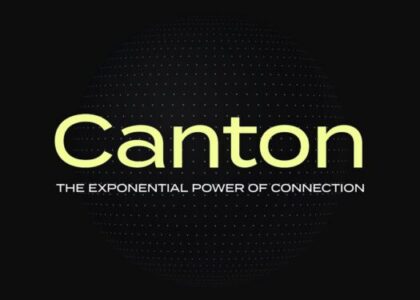Reclaim Your SOL: Introducing Junk.Fun, the Solana MEME & NFT Recycling Platform
In the vibrant Solana ecosystem, a revolutionary platform is emerging to tackle the pervasive problem of digital clutter. Junk.Fun, proudly supported by @bonk_inu and incubated by @MantaNetwork, offers a unique solution: a Solana MEME and NFT recycling platform designed to help users reclaim value from unwanted digital assets.
Every Solana user knows the frustration of unsolicited “junk” airdrops and zero-value MEME tokens cluttering their wallets. What many don’t realize is that these seemingly harmless digital artifacts aren’t just an annoyance – they actually cost you SOL due to Solana’s unique account rent mechanism. Junk.Fun turns this liability into an opportunity, allowing you to convert these digital discards into tangible SOL.
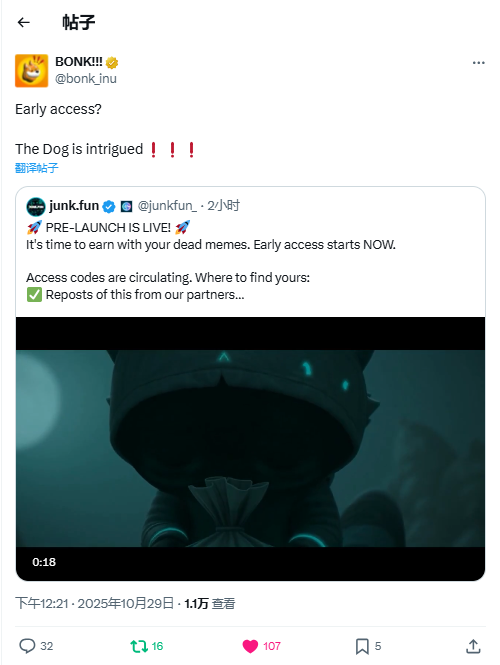
How Junk.Fun Works: Turn Clutter into Crypto
Junk.Fun empowers users to take control of their Solana wallets. By destroying “zero-value MEME tokens, passively received junk airdrops, and unwanted NFTs” on the platform, users can recover the SOL associated with these assets. Upon destruction, users receive Credits, which unlock two exciting pathways:
- Direct SOL Recovery: Instantly withdraw the 0.002 SOL that was previously tied up by each discarded asset, directly back into your wallet.
- Unlock Exclusive Rewards: Utilize your Credits to open Junk.Fun Treasure Chests, offering chances to win more SOL, highly sought-after physical prizes (like iPhones), valuable NFTs, and other exciting rewards from future airdrops.
To celebrate its launch, Junk.Fun is hosting a special inaugural month event, committing to distribute at least $50,000 in prizes to its community!
Getting Started: Your Guide to Junk.Fun
Ready to declutter your wallet and earn rewards? Follow this simple step-by-step guide:
- Connect Your Wallet: Begin by visiting https://www.junk.fun/?ref=EE9BW and connecting your Solana wallet via the top-right corner.
- Explore the Modules: Once connected, you’ll find five primary functional modules at the bottom of the interface:
- Junk Burn: The core feature for destroying unwanted assets.
- Chest: Your gateway to unlocking exciting rewards.
- Rewards: Participate in special prize draws and events.
- Points: Track your activity and boost your chances for rarer rewards.
- Refer: Share Junk.Fun with friends and earn more.
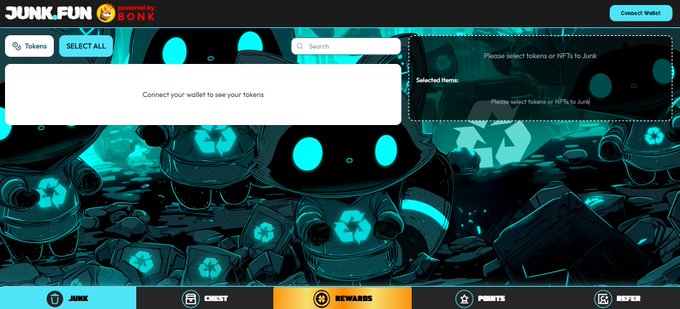
Detailed Walkthrough:
1. Junk Burn
Navigate to the “Junk Burn” section. Here, you’ll see a comprehensive list of all MEME tokens and NFTs currently held in your wallet, including those unsolicited airdrops. Simply select the tokens on the left you wish to dispose of, then click “Trash Junk” on the right to initiate the burning process and receive your Credits.

Please note: While the platform is continuously being refined, some MEME tokens may not yet display their full abbreviations or logos. Important tokens like $USDT, $USDC, $TRUMP, and $PENGU have been whitelisted to prevent accidental destruction, ensuring your valuable assets remain safe.
Upon successful burning, you’ll be awarded both Credits and Points. Credits directly represent the SOL recovered from your discarded MEMEs and NFTs, while Points play a crucial role in increasing your chances of opening rarer and more valuable Chests.
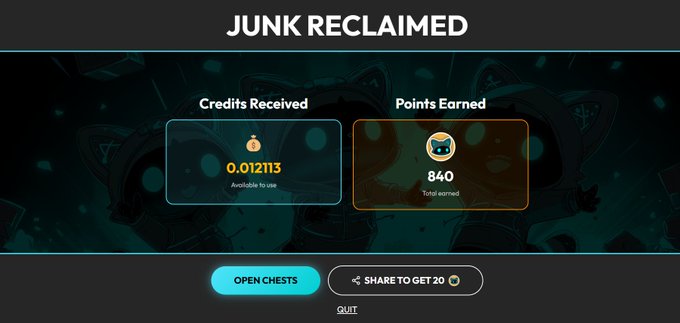
2. Chests
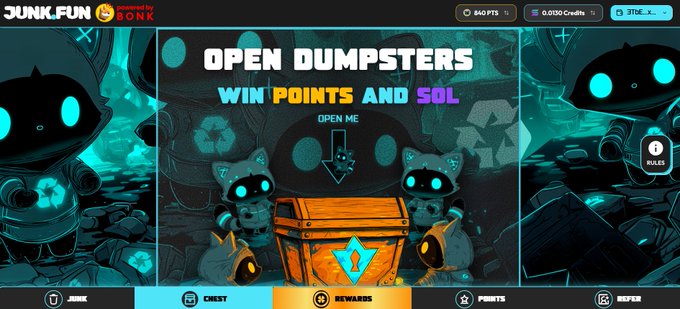
Head over to the “Chests” page to open your earned treasure chests and claim corresponding rewards. For a chance at even grander prizes, click “WIN IN LOTTERY” to participate in the lottery draws. You have a 46% chance of winning lottery rewards, with legendary chests offering the potential to secure up to 60% of the total prize pool!

3. Rewards

Visit the “Rewards” page to enter various prize draws. During the first month’s promotional period, Junk.Fun is guaranteed to distribute over $50,000 in prizes!
4. Referrals
The “Refer” page provides your unique invitation code. Share this with your friends to invite them to Junk.Fun. The more friends you refer, the more Points you accumulate, significantly boosting your odds of winning major prizes!

Deep Dive: Understanding Solana’s Account Rent Mechanism
Did you know that every unsolicited “junk” airdrop in your Solana wallet effectively deducts 0.002 SOL from your balance? This is due to Solana’s often misunderstood account rent mechanism. Many users, upon creating a Solana address, might wonder why they weren’t charged rent then. Let’s clarify the distinction between an address and an account in Solana’s architecture.
Address vs. Account: The Key Distinction
In the Solana framework, an “address” is not synonymous with an “account.” A Solana address can be created for free, can receive assets, and sign transactions without occupying on-chain storage. This last point is crucial: it doesn’t occupy on-chain storage.
So, when does “rent” come into play? Rent is charged precisely when an entity occupies on-chain storage.
When Rent is Charged
Consider this scenario: If someone sends you USDC, the Solana system needs to establish a dedicated “USDC Token” account within your wallet to hold these tokens. At this point, 0.002 SOL is deducted from your primary SOL balance to cover the rent for this newly created account. Once the account is established, your USDC arrives.
A more common and often frustrating situation involves passively receiving junk token airdrops. The system automatically creates a dedicated token account for each of these unsolicited tokens, deducting 0.002 SOL as rent. Your wallet effectively gains a worthless token while losing a small but tangible amount of SOL.
Therefore, the relationship between an address and an account is akin to having multiple sub-accounts opened under your main identity to receive different types of tokens. Each time a new token account is established, a 0.002 SOL rent is incurred. The critical difference is that, in many cases, these account creations are passive and beyond your direct control.
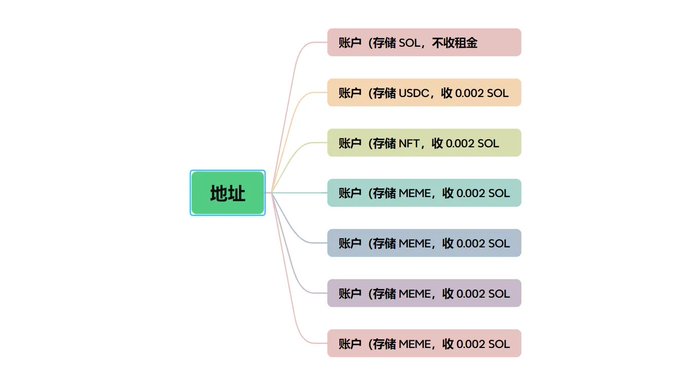
The image below from Solscan illustrates this with the MEME token SBAE, where the “SOL Balance 0.002039” represents the rent paid for that specific token account.

Even on a USDC page, despite not explicitly showing a “SOL Balance,” the “Owner Program” being a “Token Program” signifies that rent is still being paid for its existence.
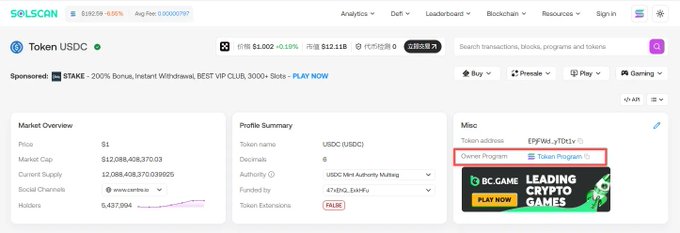
The Rationale Behind Rent (and its Exploitation)
The primary purpose of Solana’s rent mechanism is to prevent “state explosion” and mitigate DDoS-like attacks. It’s designed to deter malicious actors from indiscriminately issuing an infinite number of tokens on the chain, which could overwhelm the network’s storage capacity.
However, in practice, what was intended to reduce legitimate project airdrop costs (by shifting the storage burden to the beneficiary) has, ironically, been exploited by numerous junk MEME creators. They use this mechanism to inflate artificial holder data, creating a facade of widespread distribution.
This is precisely where Junk.Fun steps in. Its fundamental purpose is to empower users to recover the SOL rent that has been passively deducted from their wallets by these unwanted digital assets, transforming a hidden cost into a potential gain.
(The above content is excerpted and reprinted with authorization from our partner PANews. Original Link | Source: Godot)
Disclaimer: This article is provided for market information purposes only. All content and views are for reference only, do not constitute investment advice, and do not represent the views and positions of Blockcast. Investors should make their own decisions and trades. The author and Blockcast will not bear any responsibility for direct or indirect losses resulting from investor transactions.



